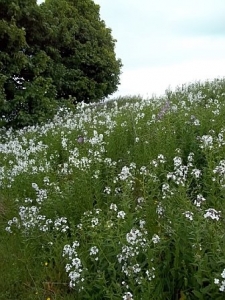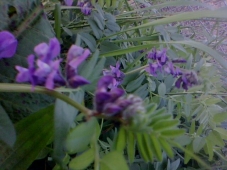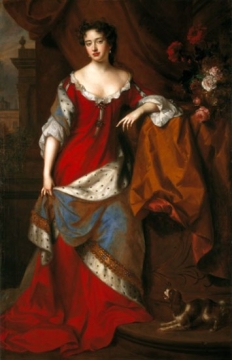 With thanks to Esther Green, Senior Account Executive, Tricker PR.
With thanks to Esther Green, Senior Account Executive, Tricker PR.
A band of volunteers from the village of Ballater have organised a Royal knees up in the form of the ‘Happy Birthday Ma’am’ street party to celebrate the monarch’s milestone birthday on Saturday, June 11.
Being located in the heart of Royal Deeside, organisers will use the Queen’s 90th birthday to continue to build up the community spirit which has been evident in the village since it was affected by flooding last December.
Balmoral Castle remains a favourite summer retreat for the Royal Family, and Ballater is often referred to as the ‘Royal Warrant Town’, due to the large number of businesses that hold the prestigious mark of recognition to those who supply goods or services to the Households of HM The Queen, HRH The Duke of Edinburgh or HRH The Prince of Wales.
Many of these businesses have already reopened or are on track to reopen in the summer, and the ‘Happy Birthday Ma’am’ street party is one in a number of events planned to welcome tourists back to the picturesque village.
Both visitors and residents are invited to join in with the celebrations which will see the whole community come together. The free event takes place from 2-11pm on Saturday 11 June at the Churchyard Green in Ballater and will feature live music, a bouncy castle, old-fashioned games, and family karaoke. Funds raised from donations made on the day will go towards those affected by flooding.
In honour of the momentous occasion, Ballater resident Lorraine Barr is encouraging people to sponsor a tree in what will be known as ‘The Queen’s Ballater Wood’. Lorraine and those involved wish to leave a legacy which will remind others of the spirit of community in Ballater. The wooded area will feature 90 trees of different varieties known to be favourites of Her Majesty The Queen.
Rev David Barr, who is helping to organise the Queen’s birthday street party, says that the event is giving those affected by floods something positive to focus on.
He says,
“All of the volunteers involved in the planning of the street party were affected by the floods in some way. We all really wanted to give something back to the community which allowed everyone to get together and celebrate what a fantastic place Ballater is. Visitors are more than welcome to join in the celebrations with us on the day, we’re all keen to show people how far we’ve come as a village and that Ballater is on its way back to its full glory.
“The Royal family took a great interest in Ballater after the flooding and we received daily encouragement through telephone calls from the palace. It meant a great deal to us all, so the street party is our way of saying thank you to the Queen and also to everyone who reached out to us with messages of support, help and donations.
“The support has been absolutely phenomenal and for that we are forever grateful. From individuals to companies, we wouldn’t be where we are today if it wasn’t for the general public.
“The whole situation has definitely brought us all closer together, we’re such a tight knit community and everyone is helping to spread the word that Ballater is still open for business. It’s such a great place to visit, I’m very much looking forward to celebrating with other residents and visitors from far and wide on June 11.”
Richard Watts of Ballater Business Association says,
“There’s been a real buzz in the village in the run up to the Queen’s birthday street party. Local businesses have been getting involved by donating goods and money towards the event, whilst all the volunteers involved have done a brilliant job at organising the ‘Happy Birthday Ma’am’ street party.
“It’s so inspiring to see how far Ballater has come as a village and as a community. This will be very apparent during the street party and we hope that visitors join us in celebrating in the Queen’s birthday and how far Ballater has come in 2016.”
The ‘Happy Birthday Ma’am’ street party takes place from 2-11pm at the Churchyard Green in Ballater. Those attending are encouraged to bring their own picnic.
For more information about the street party then contact Rev. David Barr on revdavidbarr@btinternet.com. If you would like to know more about how to sponsor a tree in ‘The Queen’s Ballater Wood’ then contact Lorraine Barr on 01339 756111.
- Comments enabled – see comments box below. Note, all comments will be moderated.








